NEW LONDON, N.H. — Superintendent Winfried Feneberg is pleased to share that ninth graders at Kearsarge Regional High finished the school year with a project unique to this historic moment in time– creating “artifacts” representative of their lives during the COVID-19 pandemic.
The ninth grade class, approximately 145 students, all took a World Perspectives class, through which they learned the importance of utilizing primary sources when researching historical events. When the school closed its facility due to COVID-19 in March, the four educators who teach the course, Christopher Geraghty, Sandy Nelson, Curtis Roddy and Tina Bartz, came together to adjust their lessons to fit the needs of remote learning. As students acclimated to remote learning, the educators developed a final project to allow students to take their knowledge of primary sources to a new, more personally meaningful level.
“During this unique and unprecedented time of COVID-19, it allowed us to look back 100 years to the times of the Spanish Flu and examine primary sources that would allow students to relate to what they were currently experiencing,” Nelson said. “We used pictures and stories to show students how history shaped us and how we can shape the future. A Living History/ Moment in Time project allowed the students to choose an aspect of today’s situation that they would like to share with the world.”
In early May, students were asked to create a primary source that could be left to teach future generations about COVID-19 and how it has affected their lives, and students were allowed to use the medium of their choice for their project.
“The results were fantastic, personal and creative,” Nelson said.
Students came forward with a wide range of artifacts, including print and video interviews with friends and family, their own journal entries, video performances of music they felt represented the climate during the pandemic and art.
“It was a way for students to demonstrate their understanding of the importance of primary sources in a way that they can personally relate to and document their living history,” Geraghty said.
Students who wished to share their artifacts submitted them to a section on Geraghty’s class website that acts as a virtual exhibit for the community to explore. To view the virtual exhibit, click here.
In each class, the assignment varied slightly. In Roddy’s class, students focused more on current events as means to capture the times and produce an analysis that could serve as a primary source for discussion.
“Students were able to choose a current event from 2020 as it has been an eventful year and it’s not even over yet,” Roddy said. “Many students advocated that as COVID-19 was ever present in their lives that they wanted the choice as to whether or not their investigation into a current event would delve into an aspect of how coronavirus has impacted their lives or choose a different event separate from COVID-19.”
The project was due in late May, and the exhibit will remain available online until further notice.
“This was a great example of a group of teachers who went above and beyond to make sure their remote learning lessons remained relevant and impactful, and it’s clear from the thoughtful and detailed submissions students gave for this assignment that they were successful,” Superintendent Feneberg said. “Even in the middle of an unprecedented pandemic, these educators and students identified this time as a historic event and analyzed it as such, which is truly remarkable.”
###
